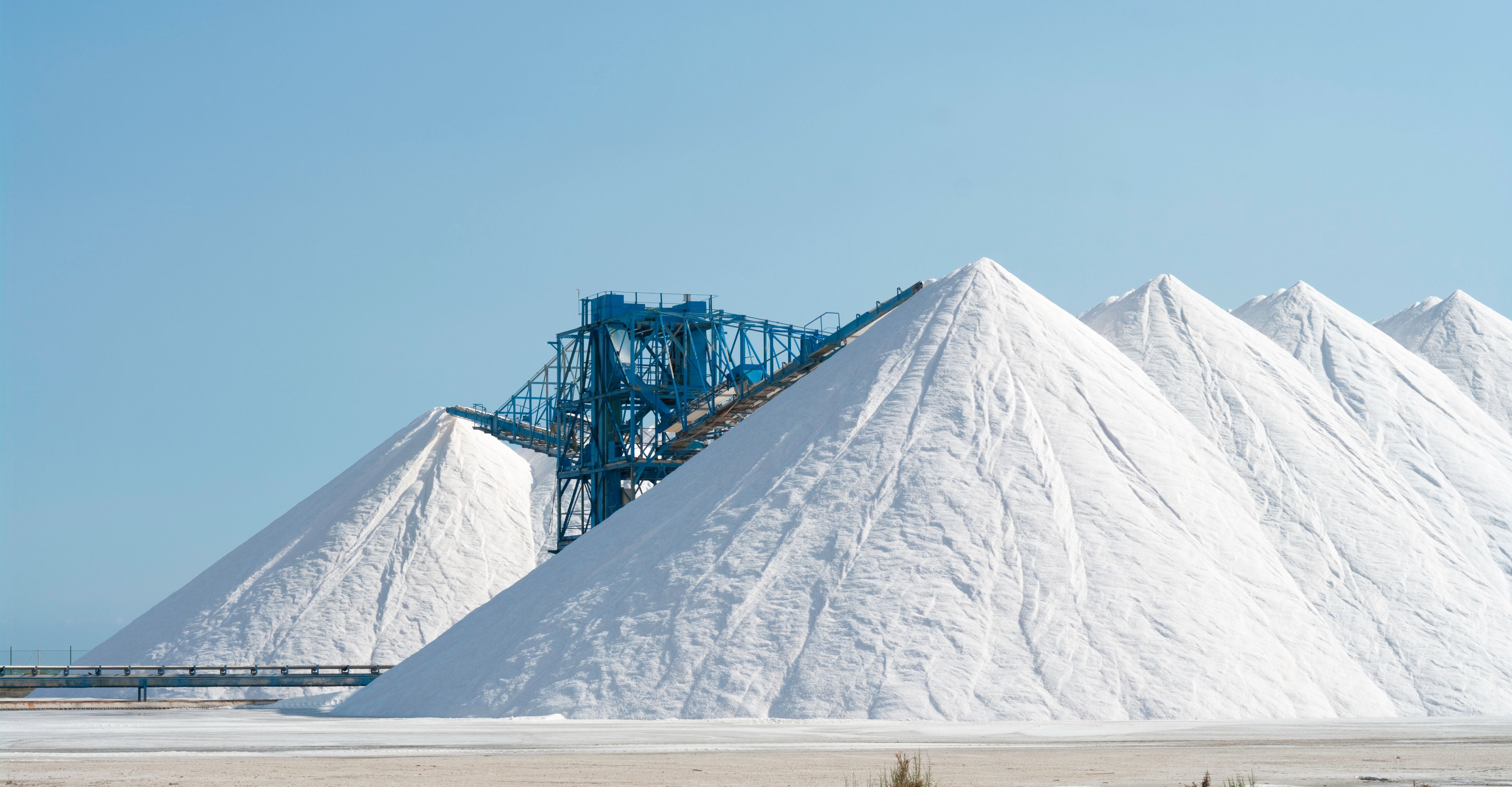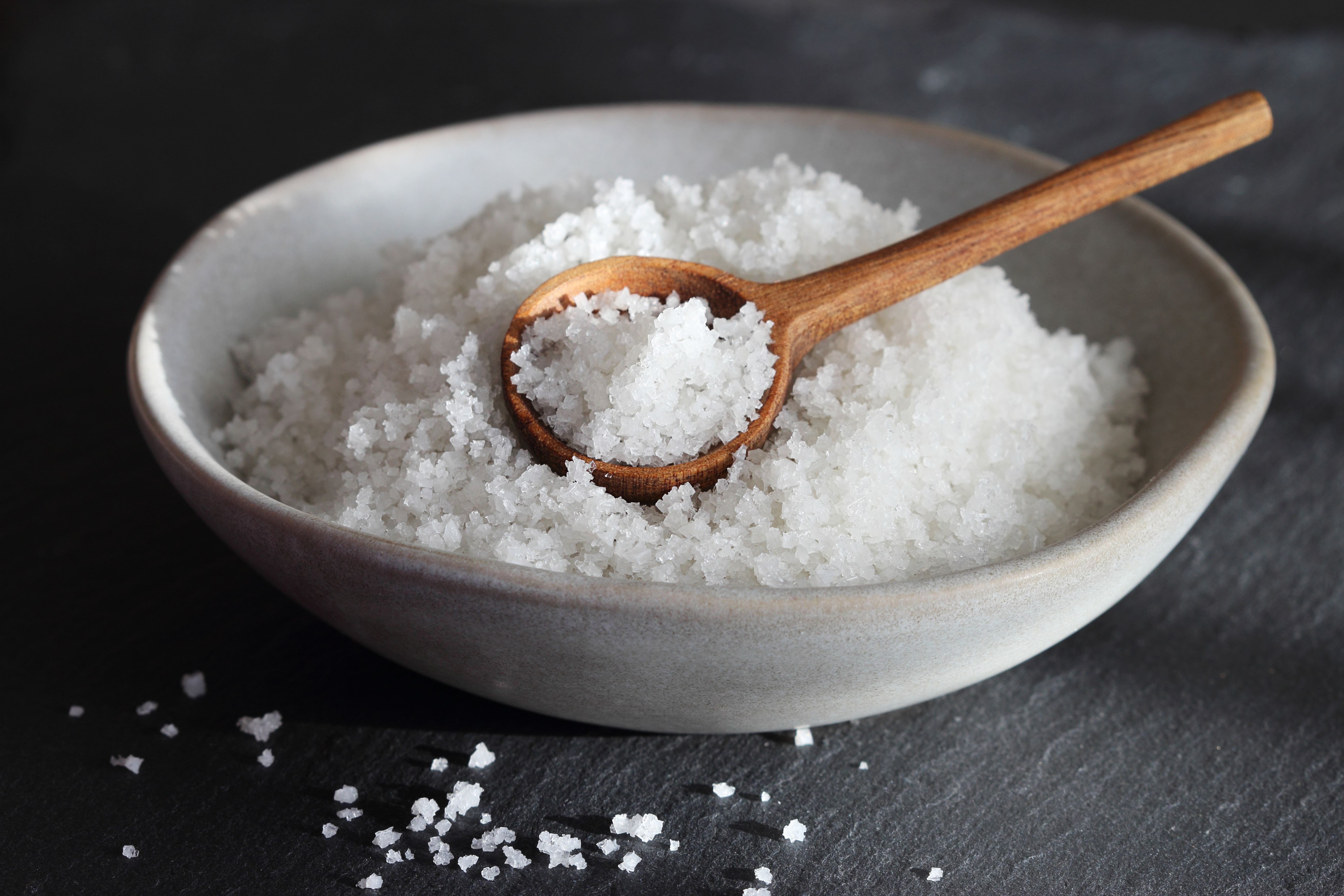Norwegian Sea Salt Production
The Rich History of Norwegian Sea Salt
Norwegian sea salt production is a time-honored tradition that has been passed down through generations. The pristine waters of Norway's fjords and coastlines provide the perfect environment for creating high-quality sea salt. This craft is deeply rooted in the country's history, with ancient techniques still influencing modern production methods. The resulting product is not only a culinary staple but also a testament to Norway's dedication to preserving its natural resources.
In the early days, sea salt was harvested by boiling seawater in large, open pans over wood fires. This method required patience and skill, as maintaining the right temperature was crucial to ensure the salt crystallized properly. Today, while technology has advanced, many producers still prefer traditional methods, valuing the unique flavor profile that these techniques impart to the salt.

The Process of Harvesting Sea Salt
The production of Norwegian sea salt begins with the collection of pure seawater. This water is meticulously filtered to remove any impurities before being evaporated. The evaporation process is key to forming the distinct salt crystals that are characteristic of Norwegian sea salt. Producers often use wind and sun to aid this natural process, allowing the salt to develop slowly and absorb the minerals present in the water.
Once evaporation is complete, the salt is carefully harvested by hand. This labor-intensive process ensures that only the highest quality crystals are selected. The harvested salt is then rinsed and dried, ready to be packaged and distributed. Throughout this process, sustainability remains a top priority, with many producers implementing eco-friendly practices to minimize their environmental impact.

Characteristics of Norwegian Sea Salt
Norwegian sea salt is renowned for its unique flavor and texture. The crystals are typically larger and more irregular than those found in table salt, providing a delightful crunch when sprinkled on dishes. The mineral-rich waters of Norway contribute to the salt's distinctive taste, which many chefs and food enthusiasts around the world seek out for its subtle complexity.
In addition to its culinary uses, Norwegian sea salt is also prized for its health benefits. It contains essential minerals such as magnesium, calcium, and potassium, which are often stripped away in refined salts. These minerals not only enhance flavor but also support overall well-being, making Norwegian sea salt a popular choice for those seeking a natural alternative to processed salts.

The Impact of Climate on Production
The climate in Norway plays a significant role in sea salt production. The cool temperatures and consistent winds help facilitate the evaporation process, while the country's long daylight hours during summer provide ample sunlight for natural drying. These conditions allow producers to maintain a steady supply of high-quality sea salt throughout the year.
However, climate change poses challenges to this traditional industry. Rising sea levels and unpredictable weather patterns can disrupt production cycles, making it more important than ever for producers to adapt their methods. By investing in sustainable practices and innovative technologies, Norwegian sea salt producers are working to safeguard their craft for future generations.
The Global Influence of Norwegian Sea Salt
Norwegian sea salt has gained international acclaim for its exceptional quality and taste. Chefs around the world incorporate it into their dishes, appreciating its ability to enhance flavors without overpowering them. Its popularity continues to grow as more people become aware of its benefits and unique characteristics.
Beyond the culinary world, Norwegian sea salt has also made its mark in wellness and beauty industries. Its mineral content is believed to have soothing properties, making it a popular ingredient in bath salts and skincare products. This versatility has helped cement Norwegian sea salt's reputation as a premium product with wide-ranging applications.
Commercial Kitchen http://avice.org
